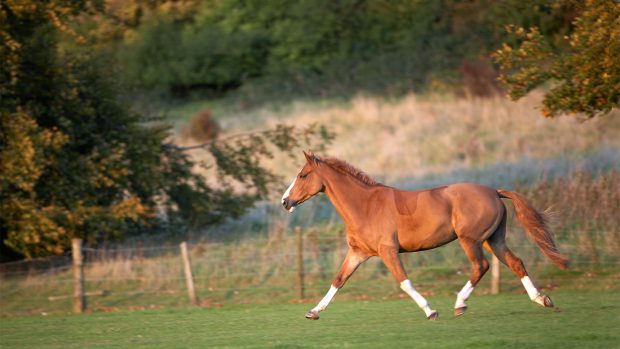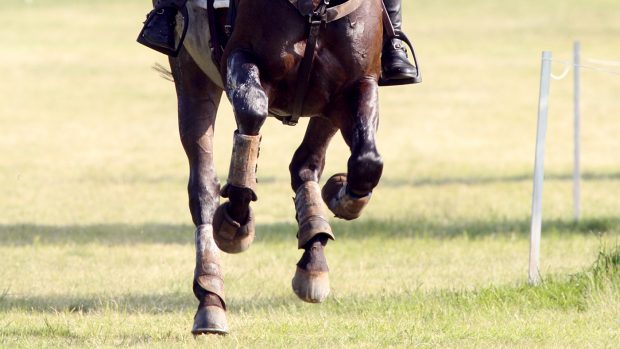Mysterious swellings can spring up on hocks for various reasons.
It is important to distinguish true bog spavins from other swellings in this region, which might include:
Bone spavin. This is the traditional term for degenerative joint disease (osteoarthritis) of the lower hock joints. Sometimes a bone spavin can show up as a hard bony swelling on the inside of the hock, but often there is a little to see or feel, because the damage is on the inside.
Blood spavin. Another odd term describing the normal saphenous vein. It can sometimes look quite large, as it runs down the front of the hock towards the inside, especially in thin-skinned thoroughbreds. It is nothing to worry about.
Thoroughpin. This describes an entirely different fluid swelling that is found just in front of the Achilles tendon, above the point of the hock – higher up than a bog spavin and towards the back of the leg. A thoroughpin is inflammation of the tarsal sheath, which encloses the deep digital flexor tendon as it passes over the back of the hock. To confirm that a swelling is a thoroughpin – which is less serious than other types of inflammation – press on the fluid filled area. If it does not bulge out in a pouch at the front of the hock, it is not a cause for concern unless the horse is lame.
A curb. This is a solid, soft tissue swelling at the back of the leg below the point of the hock. It is associated with a strain to the tendons and ligaments in that area, but rarely causes lameness. It is more frequently seen in horses with poor hock conformation, so is considered a significant blemish.
Capped hocks. These are variably-sized, cold, painless, ball-like swellings that develop on the point of the hock. Often there is no known cause, but they are sometimes blamed on bandages that are too tight or repetitive trauma such as insufficient bedding causing repeated knocks.
To read the full veterinary article about bog spavins see the current issue of H&H (23 August 2012)
Read more about joint problems
Are you looking for an equine vet?




